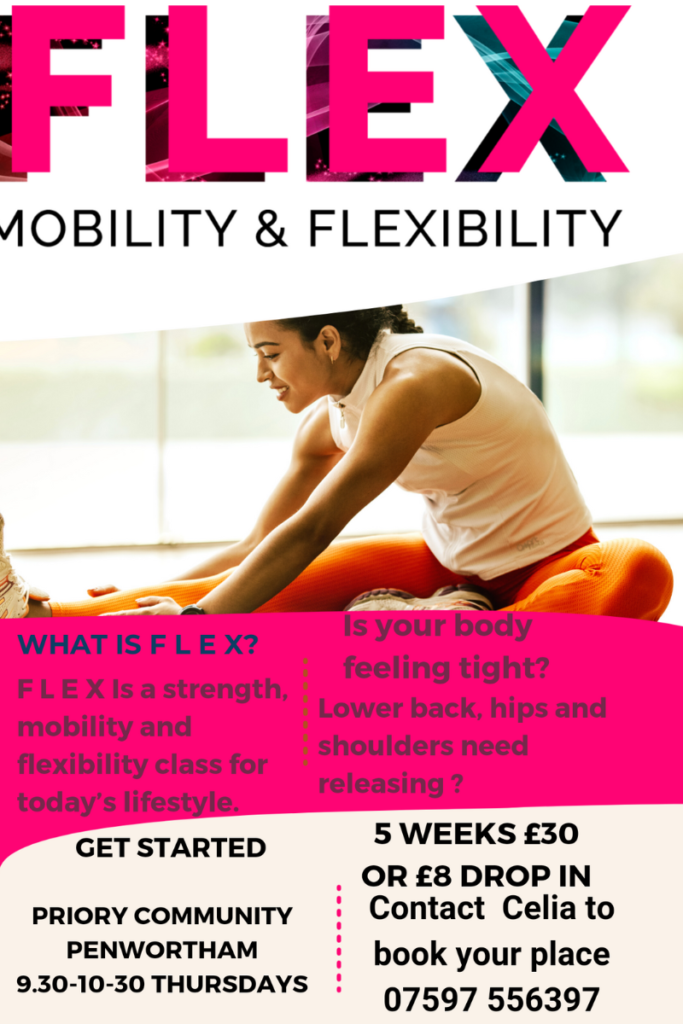In our journey toward a healthier lifestyle, we often emphasize the importance of strength, endurance, and cardiovascular fitness. However, one crucial yet sometimes overlooked component of physical well-being is mobility. Mobility is not only about the ability to move freely and easily but also plays a vital role in maintaining overall health and quality of life.
Understanding Mobility
Mobility refers to the ability to move a joint or a series of joints through a full, pain-free range of motion. It encompasses flexibility, stability, and motor control. When we have good mobility, we can perform daily activities with ease, engage in physical exercise more effectively, and reduce the risk of injury.
The Impact of Sedentary Lifestyles
In today’s sedentary society, many individuals spend prolonged periods sitting, leading to stiffness and reduced mobility. Over time, this can result in muscle imbalances, decreased flexibility, and limited joint mobility. The consequences of poor mobility extend beyond physical limitations, often contributing to discomfort, pain, and an increased susceptibility to injuries.
Enhancing Functional Movement
One of the primary reasons why mobility is important is its direct impact on functional movement. Whether it’s bending down to pick something up, reaching for an item on a high shelf, or simply walking up a flight of stairs, mobility plays a crucial role in performing these daily activities with ease and without discomfort. By improving mobility, individuals can enhance their functional movement, leading to a more active and independent lifestyle.
Injury Prevention and Longevity
Maintaining good mobility is also essential for injury prevention. When our joints and muscles can move freely and without restriction, we reduce the risk of strains, sprains, and other musculoskeletal injuries. Furthermore, good mobility contributes to better posture, alignment, and balance, all of which are essential for preventing falls and maintaining overall stability, especially as we age.
The Role of Mobility in Exercise
For those engaging in physical exercise, mobility is a critical component for optimizing performance and minimizing the risk of exercise-related injuries. Whether it’s lifting weights, running, or practicing yoga, having good mobility allows for proper movement patterns, efficient muscle engagement, and reduced strain on the body.
Cultivating Mind-Body Connection
Beyond the physical benefits, mobility also fosters a deeper mind-body connection. Mindful movement and the focus on improving mobility can lead to increased body awareness, improved proprioception, and a heightened sense of well-being. This connection between the body and mind is essential for holistic health and wellness.
Conclusion
In conclusion, mobility is a cornerstone of physical well-being, playing a pivotal role in daily activities, injury prevention, exercise performance, and overall quality of life. By prioritizing mobility through targeted exercises, stretching routines, and mindful movement practices, individuals can enhance their functional movement, reduce the risk of injury, and cultivate a greater sense of vitality and well-being. Embracing the importance of mobility is a valuable step toward a healthier, more active, and fulfilling life.

